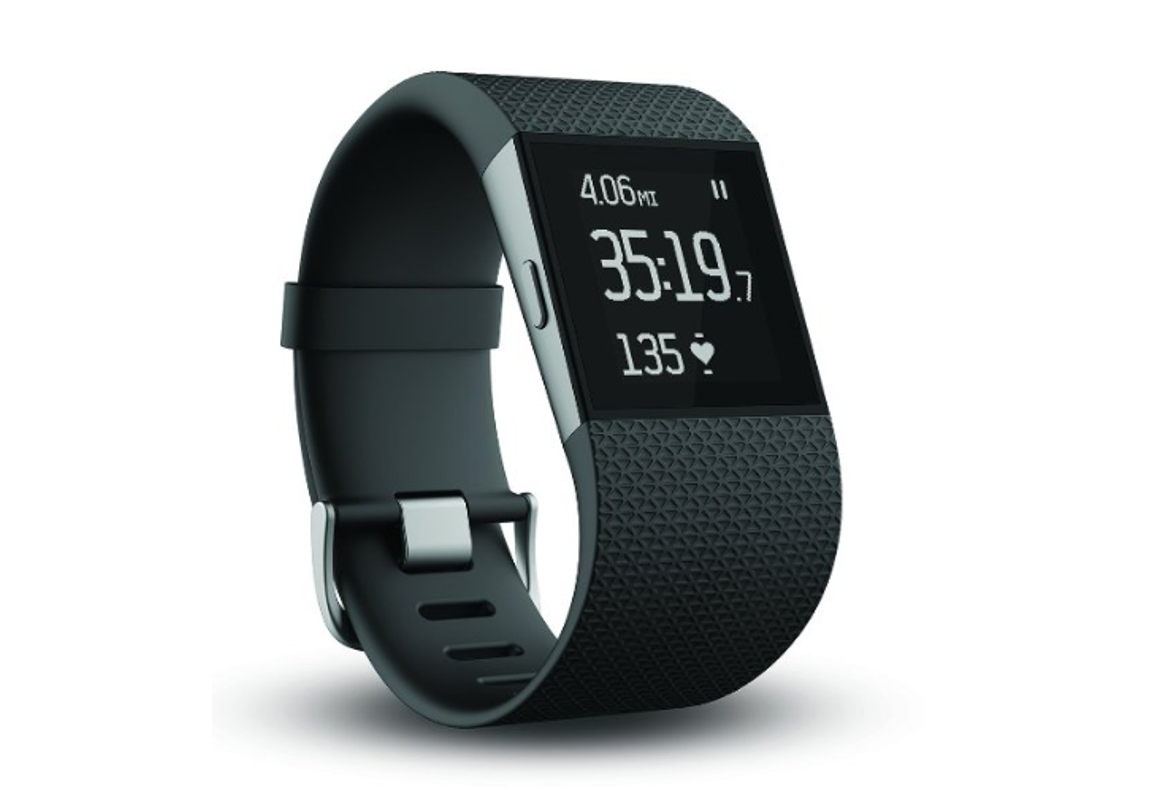Heart rate failure lawsuit filed against Fitbit, Consumer Reports offers limited test results


As Fitbit was showing off its new Fitbit Blaze at CES in Las Vegas, a lawsuit was filed claiming that the Fitbit Charge HR and Surge provide inaccurate heart rate data. In my testing, and that of many other wearable tech reviewers, it does appear that these devices provide decent average data for many scenarios with large variations in readings during intense exercise.
Consumer Reports tested both devices in 2015 when they launched so to perform some due diligence and check to see if the lawsuit has merit it tested both devices again. It found that both passed the tests, but the testing protocol was extremely limited and offers little value to the discussion at hand.
Special Feature
I read the headlines and was looking forward to reading about the details of hundreds of tests with subjects of various shapes and sizes using both devices. Unfortunately, all Consumer Reports did is take one male and one female test subject and test both devices through four exercise phases with only 64 measurements being recorded. I'm sorry, but that's not enough to convince me that there are not issues with the Fitbit Charge HR and Surge heart rate monitoring.
As I stated in my review of these devices last year, I found the heart rate monitoring to be a bit inconsistent even in my limited testing. A long-time, trusted wearable reviewer, Mr. Ray Maker (aka DC Rainmaker), clearly stated in his Fitbit Surge review that its heart rate data was simply incorrect and had many wild variations, especially if you tried to track cycling. The folks at Wareable.com also tested the Fitbit Surge against chest straps and concluded the Surge was fine for average heart rate data, but for those who train in heart rate zones then a chest strap is the best solution.
Serious athletes understand that wrist-mounted heart rate monitors are not as accurate and reliable as chest straps. However, it is more convenient and comfortable to wear a single device on the wrist that captures workout and heart rate data at the same time. Also, the HR data can be very useful for the other 23 hours of your day.
I have several wearables and have been satisfied with the heart rate monitoring performance of all of them, but I don't train to the fine detail that some athletes do when it comes to heart rate monitoring. The Microsoft Band 2, Samsung Gear S2 3G, TomTom Spark Cardio, and Fitbit Surge all satisfy my heart rate monitoring needs. I mainly look at my average over time and don't adjust my heart rate zone as I run or bike.
The tests performed by the plaintiffs were conducted by cardiologists and claim reading variations from 24 to 75 beats per minute. These are terrible differences and if the results are proven in court then it seems the plaintiffs may have a legitimate case against Fitbit. As I mentioned, the placement and tightness of the band on your wrist is extremely important since these wrist-mounted monitors measure pulse through light shining through the skin to monitor blood flow. They do not register electrical activity like an electrocardiogram.
Consumer Reports used one of the best proven heart rate chest straps, the Polar H7, as the standard to measure the Fitbits against in its testing. Its test results showed differences of no more than three bpm at rest, walking pace, jogging pace, and running pace. However, the testing was performed on a limited group (one male and one female) and had limited scope. I am surprised this report was issued by Consumer Reports with such limited testing and expect them to get back to work in the lab. As of now, Consumer Reports continues to recommend these two devices for daily activity tracking.